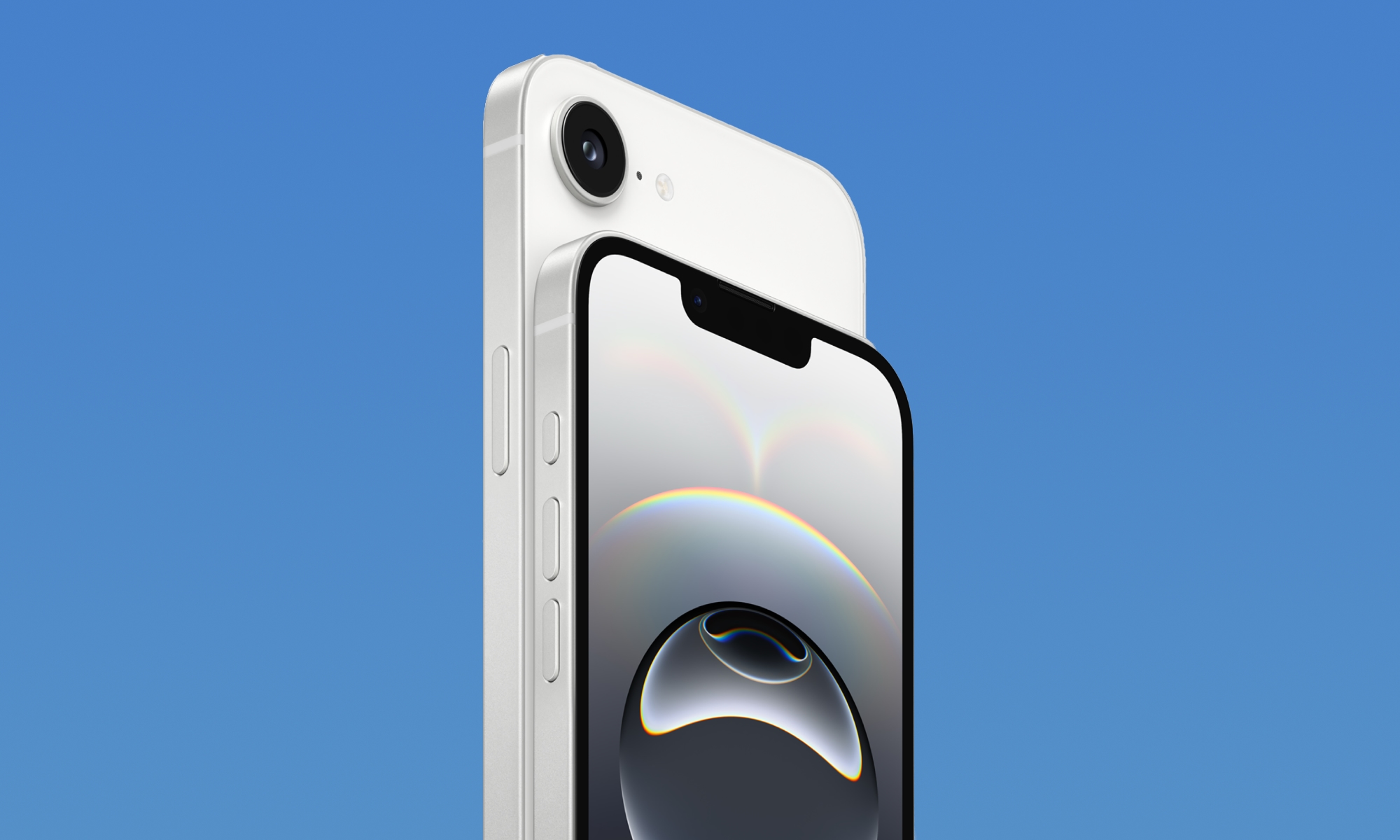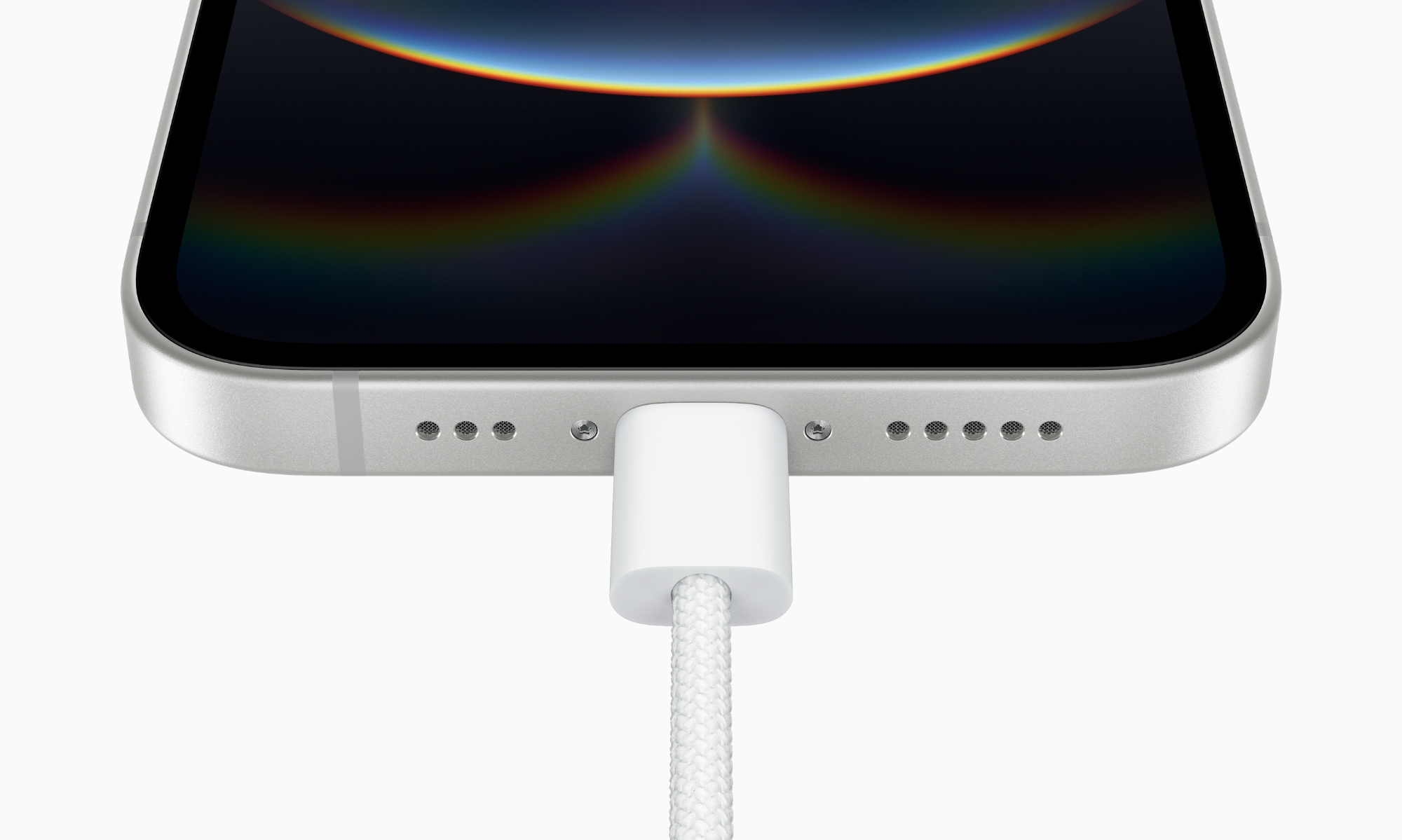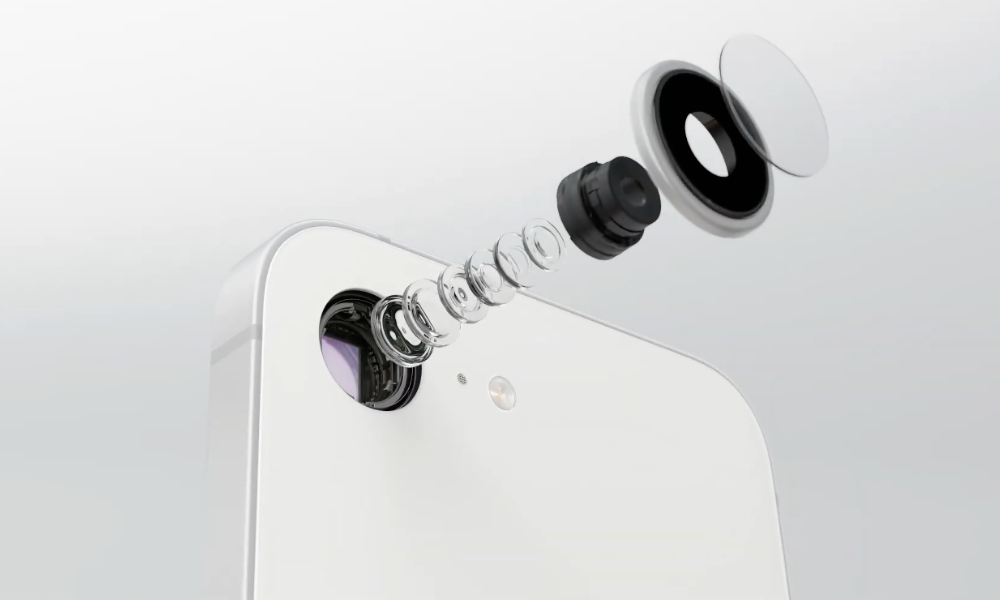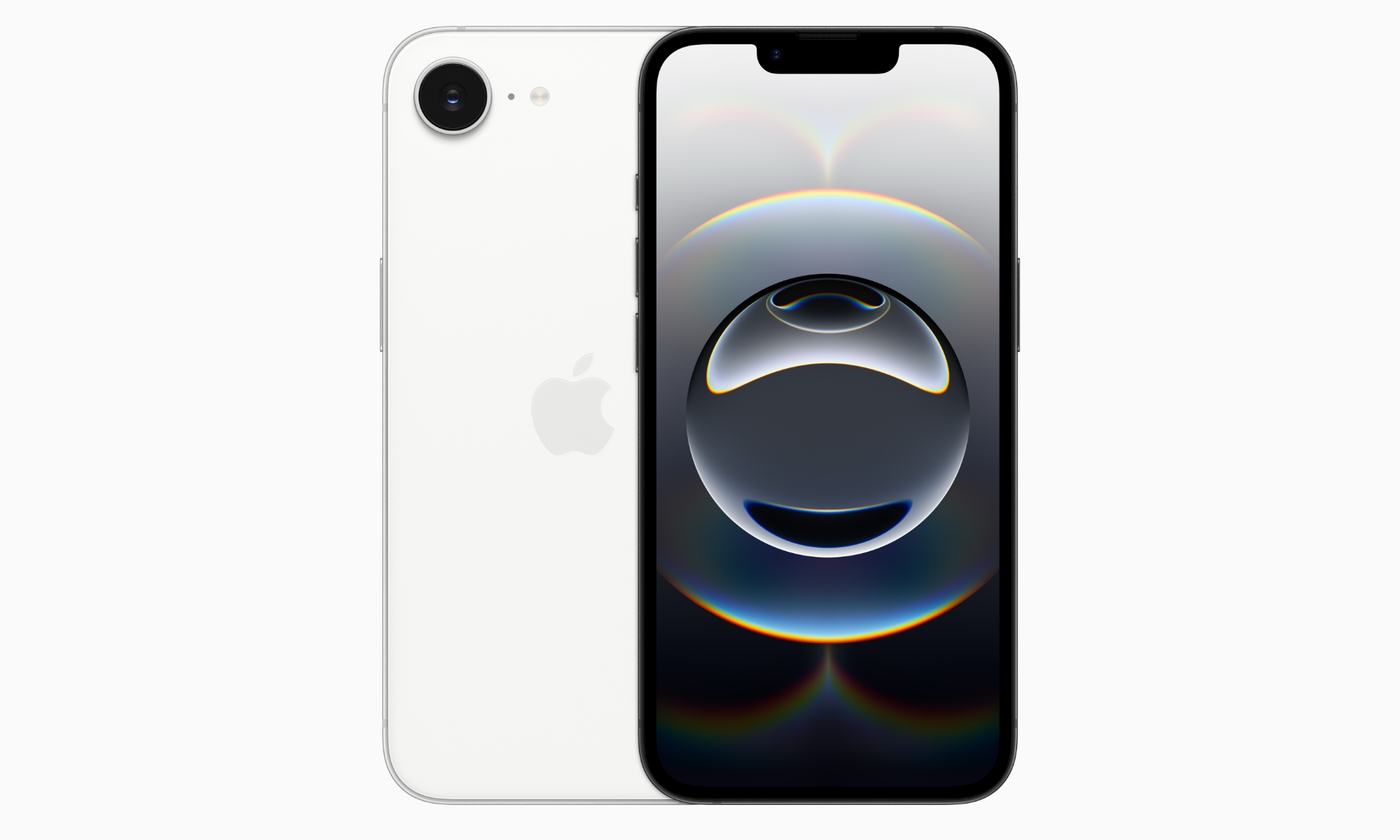Everything We Know About the iPhone 16e
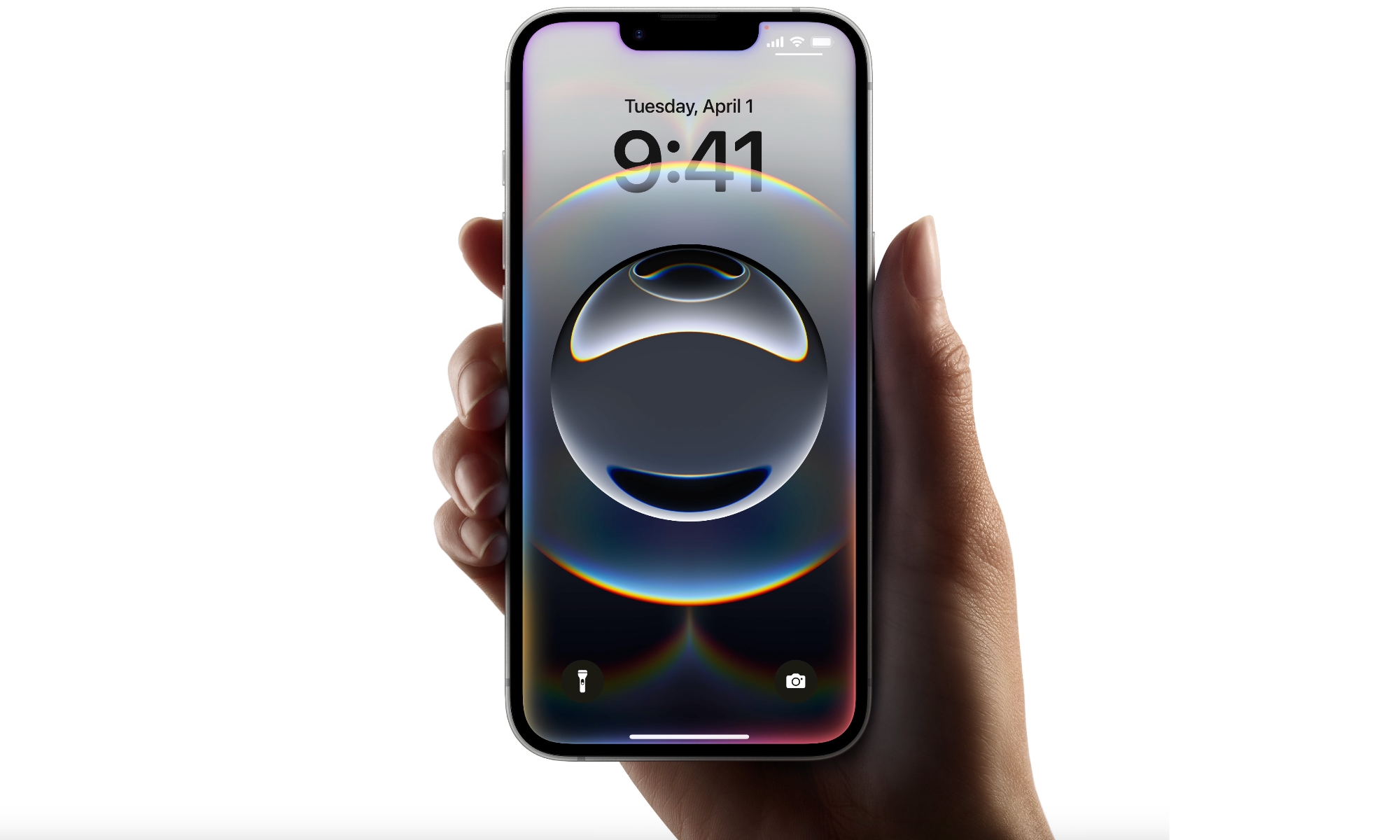
Toggle Dark Mode
After many months of speculation and rumors, Apple finally did it. The company finally released the new iPhone SE. However, it isn’t called the SE anymore. Instead, Apple changed it to the iPhone 16e.
And with a new name, Apple also changed everything that we knew about the old iPhone SE. Unfortunately, that goes for the price, too.
The new iPhone 16e is bigger and more powerful than ever, and it comes with almost everything that makes the regular iPhone 16 great while keeping the price slightly cheaper.
If you’re thinking of changing your iPhone SE for this new model, here’s everything you need to know about the new iPhone 16e before you buy it.
iPhone 16e: New Design
This year, Apple took its most affordable iPhone and completely redesigned it. While before, the iPhone SE’s design was similar to that of the iPhone 8, the new iPhone 16e looks like an iPhone 14.
This means you have a larger display with thinner bezzles and a larger body. If you were tired of the Home Button, you’ll be happy to know the new iPhone 16e finally ditched the big chin with the Touch ID sensor and Home button at the bottom. Instead, Apple returned to the classic notch at the top of the screen.
On the back, you’ll notice a single camera system and an aluminum body with a simple glass back — not color-infused as Apple did with the iPhone 16. At the bottom, there’s a USB-C port, completing the transition from Lightning to USB-C on all the current iPhone lineup. Another nice departure from the iPhone 14 design is that the iPhone 16e replaces the ring/silent switch with the same Action button found on the rest of the current lineup.
Speaking of colors, the iPhone 16e only comes in black and white. This might seem like a colossal downgrade compared to the iPhone 16, but it’s the same as what the previous iPhone SE models offered; only the special edition red version is missing, as Apple seems to have been pulling back on its (PRODUCT)RED lineup in recent years.
iPhone 16e Battery Life
Since the iPhone 16e was just announced, no one has had the chance to test its battery life, but at least on paper, the new iPhone’s battery life looks good. In fact, it will run longer on a single charge than the iPhone 16.
According to Apple, the new iPhone 16e can get up to 26 hours of video playback and up to 90 hours of audio playback. The base iPhone 16, on the other hand, gets up to 26 hours of video playback and up to 80 hours of audio playback.
While these Apple metrics don’t show the whole picture, they show that the iPhone 16e has better battery life than the regular iPhone 16, which costs $200 more. Those gains are attributed mainly to Apple’s new C1 modem chip, which Apple claims consumes 25% less power than the Qualcomm chips used in the main iPhone 16 lineup.
When it comes to charging, the iPhone 16 is still the best option, as it features 25W MagSafe, 15W Qi2, and 7.5W Qi wireless charging. The iPhone 16e, on the other hand, only features 7.5W Qi wireless charging, with no MagSafe attachment. That means any MagSafe device you already have is out the window. You can buy a MagSafe case for magnetic attachment, but you’ll still only get 7.5W charging speeds.
For wired charging, the iPhone 16e and iPhone 16 officially support the same 20W speeds. Tests have shown the iPhone 16 can charge at up to 23W, so we wouldn’t be surprised if the iPhone 16e can do the same.
iPhone 16e Camera
One of the most notable differences between the iPhone 16 and the iPhone 16e is the camera on the back. Instead of adding two cameras like the iPhone 14 or iPhone 16, Apple kept the single-camera design of the iPhone SE.
Still, it’s a much better camera. This 2-in-1 Fusion camera system, as Apple calls it, still comes with 48 megapixels, which means you can still take decent pictures with it. It appears to be mostly the same lens and sensor used for the iPhone 16’s primary camera, although it lacks some features like sensor-shift optical image stabilization (OIS), which leaves out things like Action mode. Further, the iPhone 16e only supports the standard four Photographic Styles of older iPhone models, not the expanded list of adjustable Photographic Styles introduced with the main iPhone 16 lineup.
Despite the much simpler camera system, the iPhone 16e can still record up to 4K video at 60 frames pers second (fps). It lacks the Camera Control of the rest of the iPhone 16 models. However, Apple has added support for Visual Intelligence via the Action button.
iPhone 16e: Display
The Phone 16e has received a massive upgrade in the display department from the 2022 iPhone SE. Instead of the smaller 4.7-inch LCD screen the iPhone SE had, this new iPhone features a much larger 6.1-inch OLED panel — the same size as the iPhone 16.
Like the iPhone 16, the iPhone 16e features a Super Retina XDR display. However, the cheaper iPhone has a 2532-by-1170-pixel resolution, whereas the iPhone 16 features a 2556-by-1179-pixel resolution. That’s not a difference anyone will notice with the naked eye, and it’s mostly related to the different panels used for the notch and the Dynamic Island.
The display on the iPhone 16e appears to be the same one used in the iPhone 14 in every way. To no one’s surprise, it comes with a 60Hz refresh rate and a max brightness of 1,200 nits. For comparison, the iPhone 16 has a max brightness of up to 2,000 nits.
All of this is to say that, while it’s not the best, the display on the iPhone 16e is still pretty solid. Most casual users shouldn’t notice the difference between the iPhone 16e and the more expensive standard models. The iPhone 16 Pro and iPhone 16 Pro Max are still ahead of the pack with their 120Hz ProMotion always-on displays.
iPhone 16e: Internals
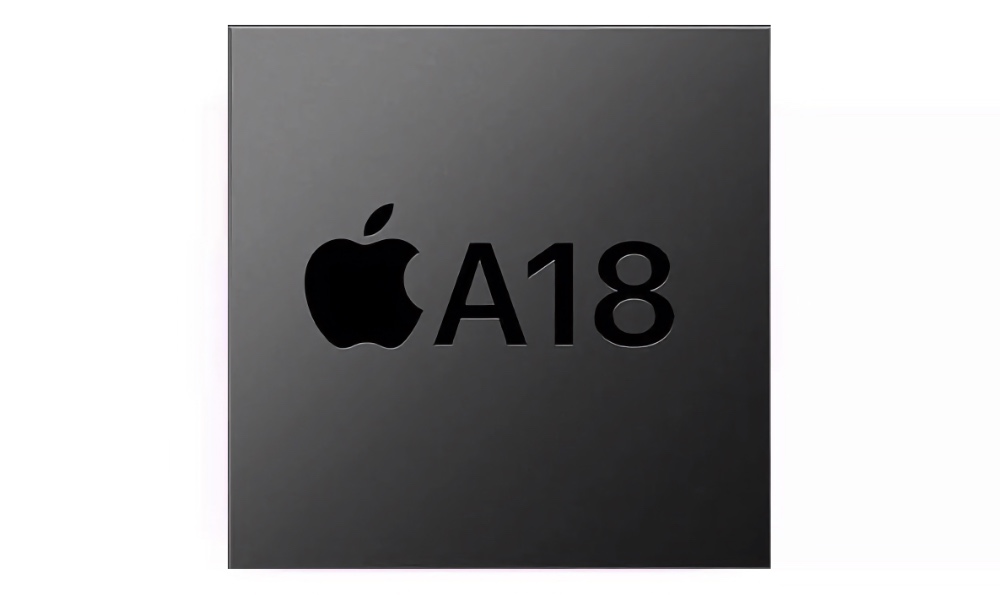
The iPhone 16e’s magic comes from the inside. Again, while it’s not the most powerful iPhone, it’s still powerful enough for all of Apple’s new technology, including Apple Intelligence.
Like the iPhone 16, the iPhone 16e has an A18 chip. It also packs a 6-core CPU, a 4-core GPU, and a 16-core Neural Engine. For comparison, the iPhone 16 comes with a 6-core CPU, a 5-core GPU, and a 16-core Neural Engine.
On paper, there’s one GPU core difference between them. We’ll need to see how much that matters in real-world use, but we suspect most folks won’t notice unless you’re planning to play some more demanding games.
Moreover, the iPhone 16e starts at 128GB of storage, a first for Apple’s budget iPhone. Of course, that came with a price increase, which we’ll discuss in a moment.
Apple made the iPhone 16e much more powerful thanks to Apple Intelligence. These specs, alongside 8GB of RAM, are the minimum requirements to support Apple’s new AI technology. This makes the iPhone 16e the second most affordable way to get into Apple Intelligence, right after the 2024 iPad mini.
iPhone 16e: What the New iPhone Doesn’t Have
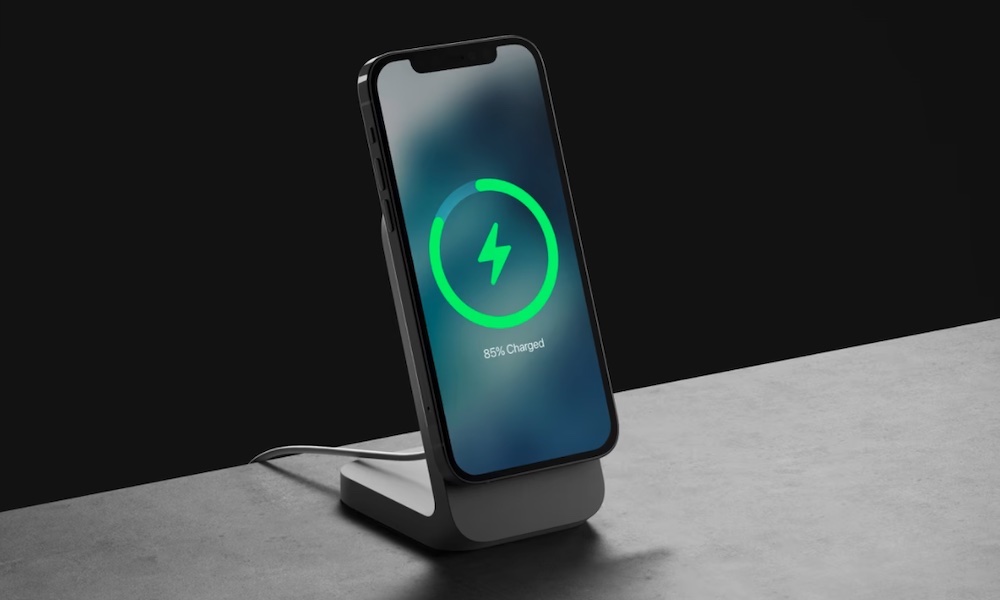
Despite all the significant improvements Apple made with the new iPhone 16e, this new model still lacks more than a handful of things compared to the iPhone 16.
While most of the missing things might not be a deal breaker for many of us, they’re still worth noting.
As we mentioned before, the iPhone 16e doesn’t support MagSafe. That means you won’t be able to wirelessly charge this iPhone or use any MagSafe accessories you may have. It also means wireless charging will be half the speed of the other models, even when used with a MagSafe charger or case.
The iPhone 16e also lacks an ultra-wideband chip. While this was also missing from the iPhone SE, it’s been standard on every other iPhone since the iPhone 11 in 2019. This chip is needed to use Apple’s precision finding features for AirTags and other Apple devices, digital car keys, the new proximity-based home key features in iOS 18, and HomePod handoff. Ultra-wideband also makes AirDrop more efficient when trying to beam something to a friend in a busy place by detecting the iPhones closest to you and placing them at the top of the list.
Moreover, the iPhone 16e doesn’t support spatial photos or videos since those features require two cameras. However, you can still record spatial audio and use the latest wind noise reduction and audio mix features when recording video.
Of course, the camera system might be a deal breaker for some people. The iPhone 16e lacks an Ultra Wide camera and cannot take macro photos.
On the inside, the iPhone 16e only supports Wi-Fi 6, which isn’t bad, but Apple already features Wi-Fi 7 on the iPhone 16, making them capable of faster and stronger Wi-Fi connections. Remember that even if your iPhone does support Wi-Fi 7, you still need to have the right router for the job.
Last but not least, the iPhone 16e uses the previous generation’s Ceramic Shield, which makes the device less durable than the iPhone 16. Of course, no one is dropping their iPhone to test the Ceramic Shield, but the iPhone 16 has a higher probability of surviving a drop — at least on paper.
iPhone 16e: Price
Now, for the part that most of us have been waiting for since we started hearing rumors about the Phone 16e: the price.
Unfortunately, Apple raised the price of this new iPhone compared to the old iPhone SE. Now, Apple’s most affordable iPhone is $599, which isn’t affordable at all for some people.
For comparison, the iPhone SE started at $429 for the 64 GB model. If you wanted 128 GB of storage like the iPhone 16e, you’d pay $479, which was still $120 cheaper.
This new price increase has left Apple fans with a bad taste in their mouths. And understandably so, but it seems like that will be the new “budget-friendly” iPhone by Apple’s standards from here on out.
So, if you want an iPhone 16e, you’ll need to know if it’s worth it. For comparison, you could get an iPhone 15 for $100 more, but you wouldn’t have access to Apple Intelligence. On the other hand, if you have $200 to spare, you could buy the iPhone 16, which is probably Apple’s current strategy.
Will You Get the iPhone 16e?
There’s no doubt that Apple’s newest iPhone brings a lot to the table. It is a really powerful device, but it also comes with great hardware and software to make it last for a long time.
Of course, the biggest downside is the price. As some users have pointed out, it’s not that it’s a bad iPhone, but it is overpriced. The question is, will you get one or wait for the iPhone 17 to come out?


